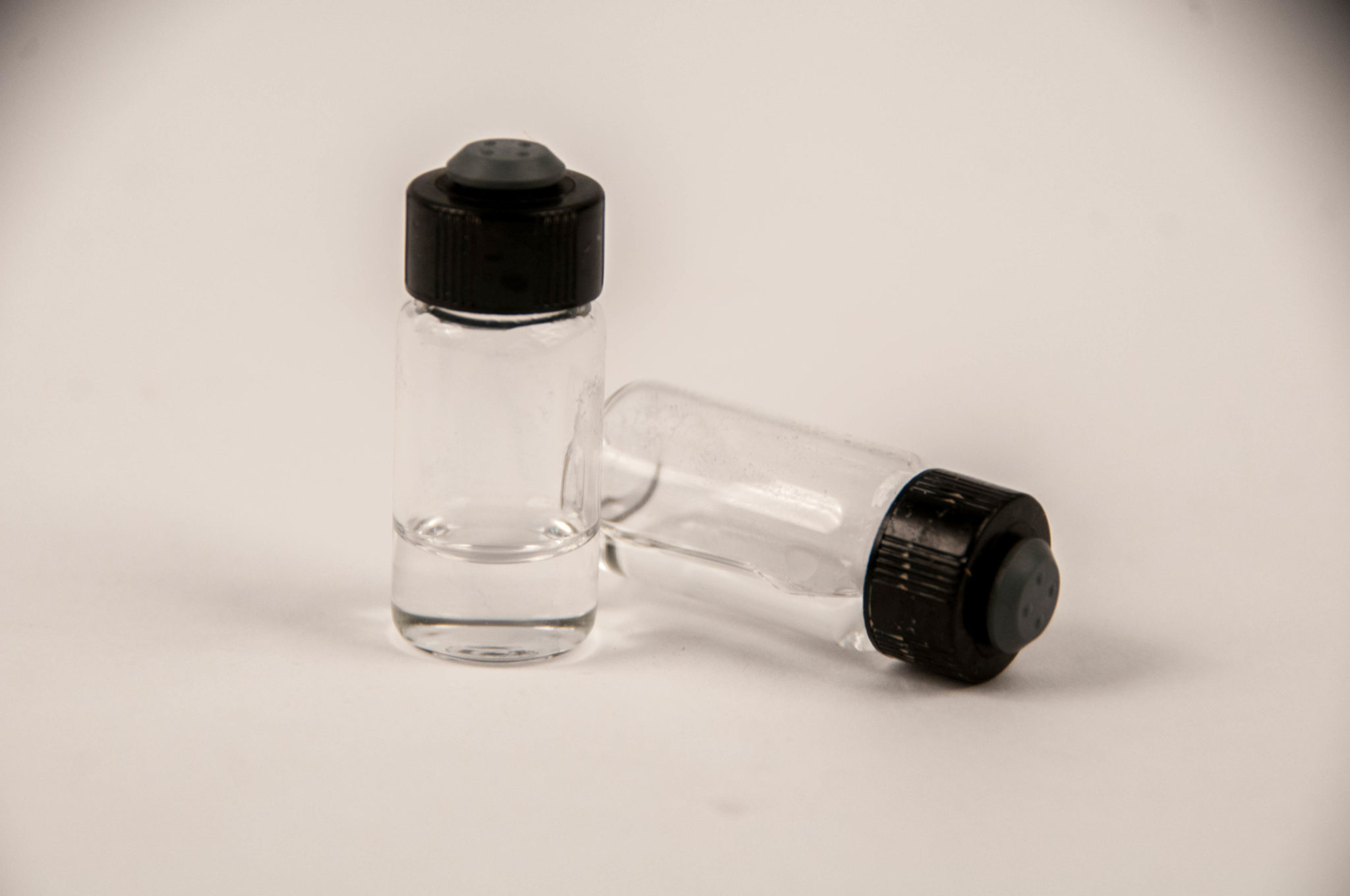Liquid Dental Transport Medium (LDT) is a buffered mineral salt based liquid medium with reducing agents. Designed as a holding medium to maintain the viability of microorganisms, both anaerobic and aerobic, through collection, transportation, and shipment of clinical specimens.
LIQUID DENTAL TRANSPORT (LDT)
| Catalog # |
Description |
Qty |
| AS-916 | Liquid Dental Transport Medium (LDT) | 10 tubes / pkg |
Product Description & Summary
Liquid Dental Transport Medium (LDT) contains buffered mineral salts in a liquid form with sodium thioglycollate and cysteine added to provide a reduced environment. This combination has been prepared to provide an environment which maintains the viability of most microorganisms without significant multiplication and allows for dilution of inhibitors present in clinical material. This medium is designed to meet the stringent viability requirements of obligate anaerobes. The medium is supplied in 19 mm x 40 mm glass vials with a rubber septum (Hungate-style) cap, which allows for either direct injection of aspirated clinical material or introduction of tissue samples. This media is prepared, dispensed, and packaged under oxygen-free conditions.
Interpretation of Results & Limitations
Results for the recovery of anaerobic bacteria will largely depend on proper and adequate specimen collection, timely transport, and processing in the laboratory. If used properly, this media should maintain the viability of microorganisms, anaerobic and aerobic, present within a clinical specimen until transported and processed within the laboratory. If processed correctly, LDT is designed to maintain the viability of microorganisms contained within a specimen during transport.
LDT is designed as a holding medium to maintain viability of microorganisms contained within a specimen during transport. This media will not provide complete information for identification of bacterial isolates. Additional test procedures and media are required for complete identification. Specimens should be transported and processed in the laboratory in a timely manner since delay may result in overgrowth by one organism present in a specimen from polymicrobial infections. Consult reference materials for additional information.
Quality Control
The following organisms are routinely used for quality assurance testing at Anaerobe Systems. To determine the viability of the organism listed below, each ATCC strain is inoculated into a LDT tube and held for 24 hours. In an anaerobic environment, each organism is streaked onto Anaerobic Brucella Blood Agar (BRU, catalog #: AS-111) to obtain isolated colonies. Plates are incubated at 35–37oC for 48 hours and growth is observed.
| Organism Tested | ATCC #
|
Results | Time |
| Bacteroides fragilis | 25285 | Growth | 24 hrs |
| Prevotella melaninogenica | 25845 | Growth | 24 – 48 hrs |
| Fusobacterium periodonticum | 33693 | Growth | 24 – 48 hrs |
| Fusobacterium nucleatum | 25586 | Growth | 24 hrs |
| Peptostreptococcus anaerobius | 27337 | Growth | 24 hrs |
| Bacteroides vulgatus | 8482 | Growth | 24 hrs |
| Fusobacterium necrophorum | 25286 | Growth | 24 hrs |
| Clostridium perfringens | 13124 | Growth | 24 hrs |
| Clostridium novyi | 7659 | Growth | 24 – 48 hrs |
| Porphyromonas gingivalis | 33277 | Growth | 24 – 48 hrs |
Product Storage & Shelf Life
Storage: Upon receipt, store at room temperature in original package until used. Avoid overheating or freezing. Do not use medium if there are signs of deterioration (discoloration due to oxidation of media) or contamination. The expiration date applies to the product in its original packaging and stored as directed. Do not use product past the expiration date shown on the label.
Shelf Life: 1 year from date of manufacture.


